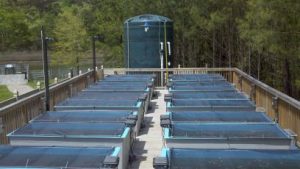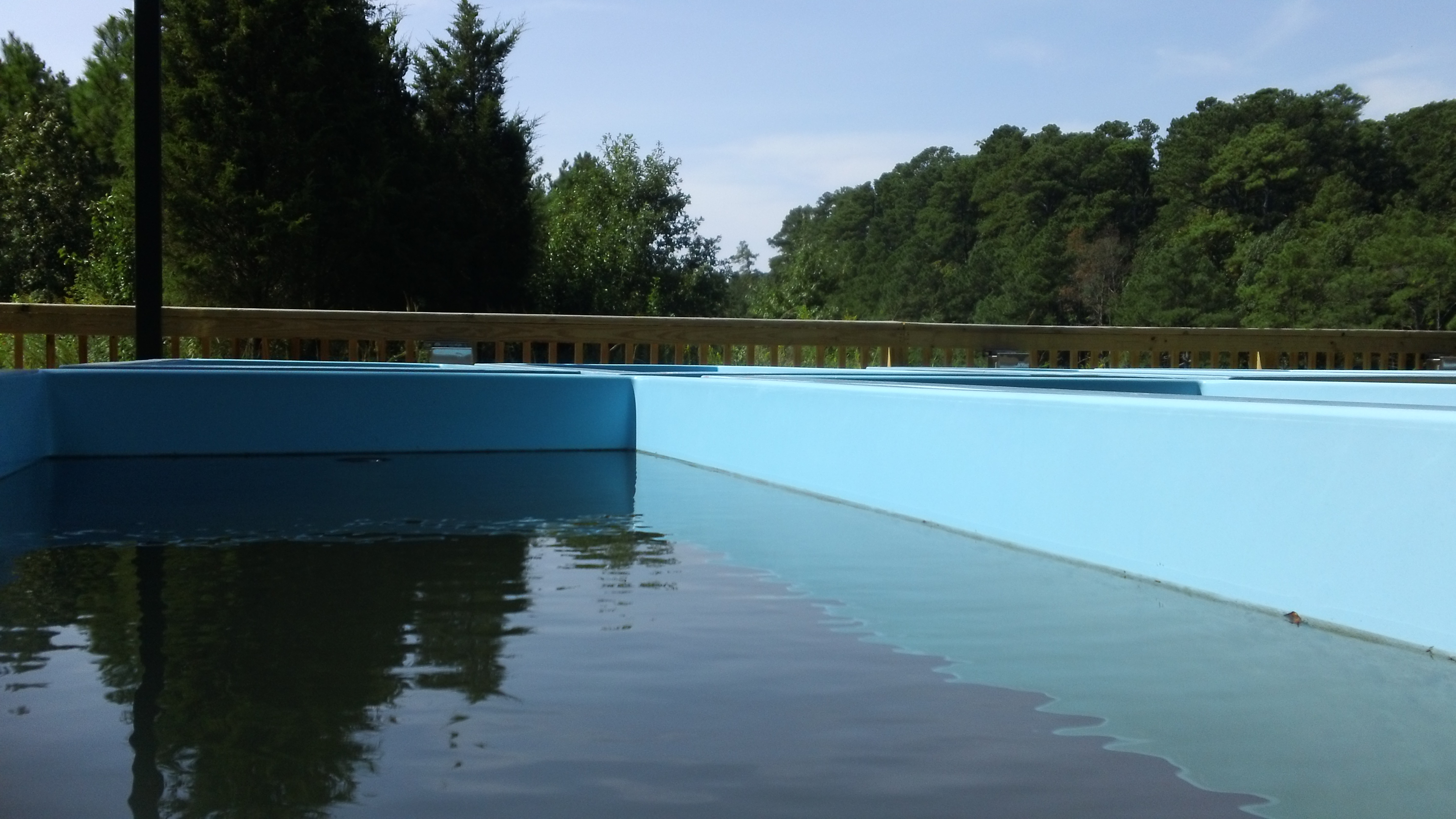Seagrass meadows have been under assault for at least a century and are nearing a crisis with respect to global sustainability. We are using the newly built Climate Change Facility in partnership with the Virginia Aquarium and Marine Science Center with funding from the National Science Foundation to investigate the impacts of Ocean Acidification and Warming on native seagrass species.
The work proposed here seeks to explore the prolonged response of eelgrass to increased CO2(aq) within the context of a warming coastal ocean using a combination of manipulative experiments, physiological/biochemical investigations and mathematical modeling. We hypothesize that rising CO2(aq) will increase the high temperature tolerance of plants by improving the Q10 response of photosynthesis relative to respiration, thereby leading to higher growth rates, improved survival of vegetative shoots at high temperature, and even flowering output and seed production,. The research proposed here will allow us to investigate the key relationships between environmental parameters that have both negative (ocean warming) and positive (ocean carbonation) impacts on the light requirements and dynamics of carbon balance in these critically important marine angiosperms.
To understand the following
1. To what extent is the high temperature tolerance of eelgrass controlled by CO2(aq) availability?
2. Does prolonged CO2(aq) enrichment increase seed production and viability?
3. Does CO2(aq) enrichment affect nutritional quality of seagrass tissue, particularly C:N ratios and protein content?
In the news
Videos
PhD student Billur Celebi gives a brief overview of her research at the 2014 Virginia Seagrant meeting.








